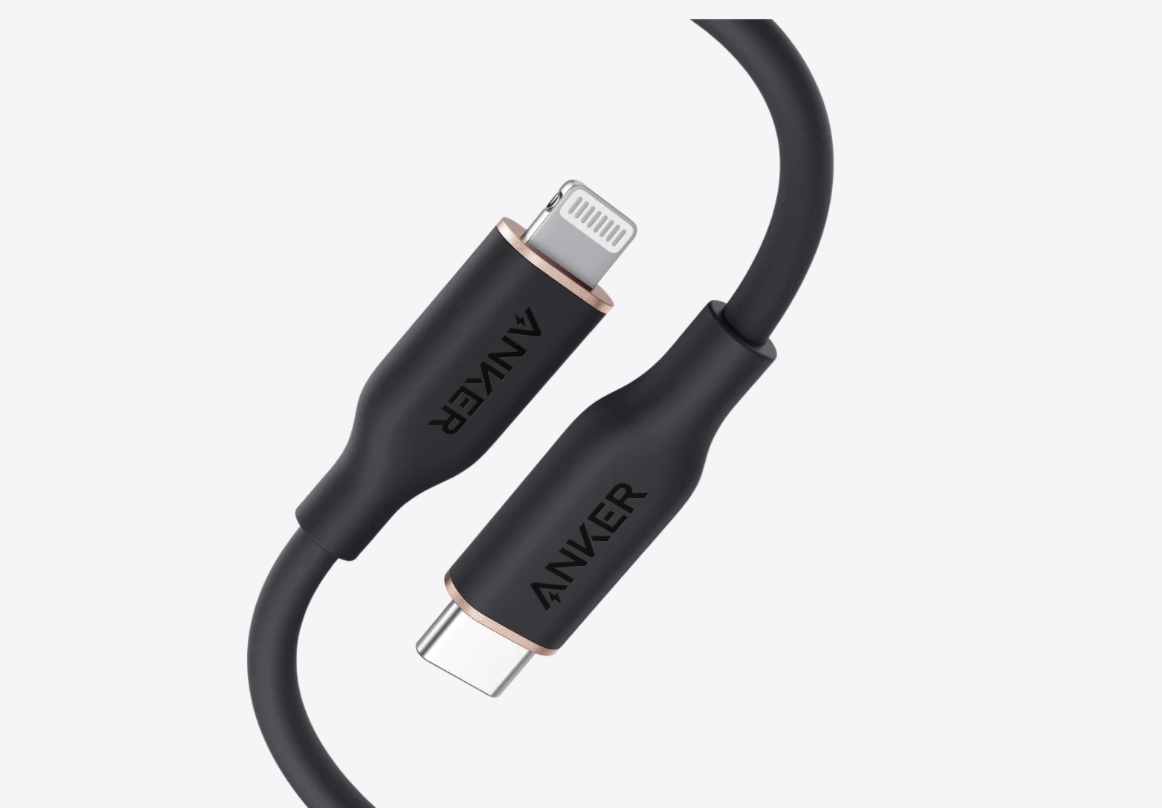Nothing is more frustrating than plugging in your phone only to find it won’t charge. Whether you’re rushing to work or relying on your device for important tasks, a dead battery can disrupt your entire day. The problem could stem from simple issues like a loose cable or more serious concerns like a damaged charging port. Sometimes, software glitches or overheating can also prevent charging, leaving users puzzled about the real cause. In this article, we’ll explore common reasons why phones fail to charge and provide practical solutions to get your device powered up again.

1. Check the Obvious First
Loose Connections & Cable Position
A loose or improperly connected cable is one of the most common reasons a phone won’t charge. Over time, charging ports can accumulate dust and debris, preventing the cable from making a secure connection. Try gently reinserting the cable and ensuring it clicks into place. If your phone charges intermittently when you wiggle the cable, the port may be dirty or the cable itself might be damaged. Some users also unknowingly use worn-out cables that don’t maintain a stable connection. Another overlooked issue is the position of the cable while charging. If your phone is placed at an awkward angle, the cable might not stay fully inserted, leading to inconsistent charging. Try laying your phone on a flat surface to see if that helps.
Try a Different Power Source
Not all power outlets or USB ports provide consistent power. A faulty wall socket, a weak laptop USB port, or a damaged power strip could be the culprit. Try plugging your charger into a different outlet or using a different USB port on your computer. Some laptops, especially in power-saving mode, don’t deliver enough current to charge phones efficiently. If your phone charges normally with a different power source, the original outlet or adapter may be the issue. Some users also mistakenly use low-power adapters (like those meant for small devices) that don’t supply enough energy for modern smartphones. Always check that your charger matches your phone’s recommended power requirements.
2. Dirty or Damaged Charging Port
Over time, pocket lint, dust, and debris can accumulate in your phone’s charging port, blocking the connection between the cable and the internal pins. This buildup can prevent charging entirely or cause intermittent connectivity. To check, shine a flashlight into the port—if you see dirt, carefully clean it using a wooden toothpick or a soft brush. Avoid using metal objects, as they can damage the delicate pins inside. If cleaning doesn’t help, the port itself might be damaged. Bent or broken pins inside the charging port can prevent proper contact with the cable. In this case, professional repair may be necessary. Some users also experience port damage from rough handling, such as forcefully inserting the cable at the wrong angle.
3. Faulty Cable or Adapter Issues
Testing with Another Cable/Charger
A damaged cable or adapter is often the reason a phone won’t charge. Frayed wires, bent connectors, or internal breaks can interrupt power flow. To test this, borrow a friend’s cable and adapter to see if your phone charges normally. If it does, your original cable or adapter is likely the problem. Some cables work for data transfer but fail to charge properly due to internal wire damage. Others may charge slowly or only when held in a specific position. If you notice these signs, it’s time to replace the cable. Keeping a spare high-quality cable at home and in your bag can save you from unexpected charging failures.

Why Cheap Chargers Fail Faster
Budget chargers and cables often use inferior materials that degrade quickly. Thin wiring, weak insulation, and poor solder joints lead to overheating and eventual failure. Some low-quality chargers don’t regulate voltage properly, risking damage to your phone’s battery over time. Investing in reliable charging accessories ensures consistent performance and safety.
4. Software & Battery Problems
Sometimes, the issue isn’t hardware-related—software glitches can prevent charging. A frozen system, outdated firmware, or a malfunctioning battery driver may stop your phone from recognizing the charger. Try restarting your device to reset any temporary software errors. If the problem persists, check for system updates in your phone’s settings, as manufacturers often release fixes for charging-related bugs. Battery calibration can also be an issue. Over time, your phone’s battery sensor may misreport charge levels, making it seem like the device isn’t charging. Fully draining the battery and then charging it to 100% can sometimes recalibrate the sensor. If your phone frequently shuts down at 20-30% battery, the battery itself may be degrading and need replacement.
5. Overheating & Safety Shutoffs
Phones automatically stop charging if they overheat to prevent battery damage. If your device feels hot to the touch, unplug it and let it cool down before trying again. Charging in direct sunlight, using the phone while plugged in, or running power-intensive apps can all contribute to overheating. Some cases trap heat, worsening the problem. Try removing the case while charging to improve airflow. If overheating happens frequently, consider replacing the battery, as old or damaged batteries generate excess heat during charging.
6. Water Damage & Hardware Failures
Even small amounts of moisture can corrode charging ports and internal circuits. If your phone has been exposed to water, drying it with silica gel or rice (though not always effective) may help. However, corrosion can cause permanent damage, requiring professional repair. In rare cases, motherboard failures or battery defects can prevent charging entirely. If none of the previous solutions work, a technician may need to diagnose deeper hardware issues.
Conclusion
If you’ve tried all troubleshooting steps and your phone still won’t charge, it may be time for a battery replacement or a new device. Older phones with degraded batteries often struggle to hold a charge, making replacement the most practical solution. For reliable charging, consider high-quality cables like Anker’s USB-A and USB-C to lightning cable, designed for speed, durability, and maximum protection for your phone. Investing in good accessories and proper charging habits ensures your device stays powered when you need it most.
